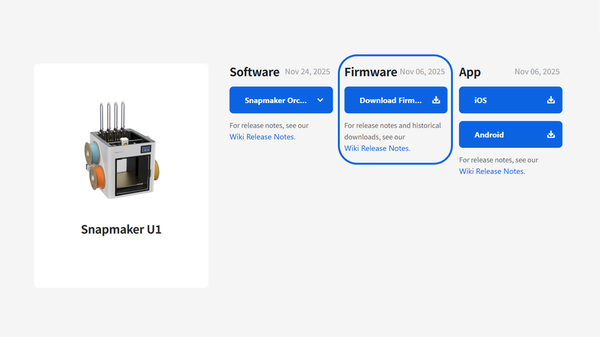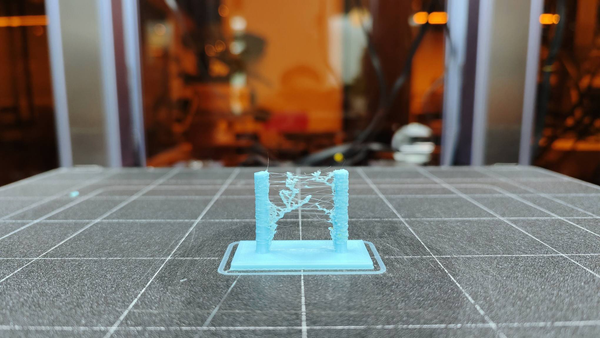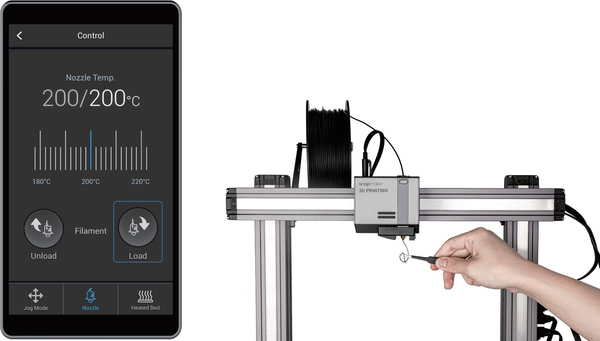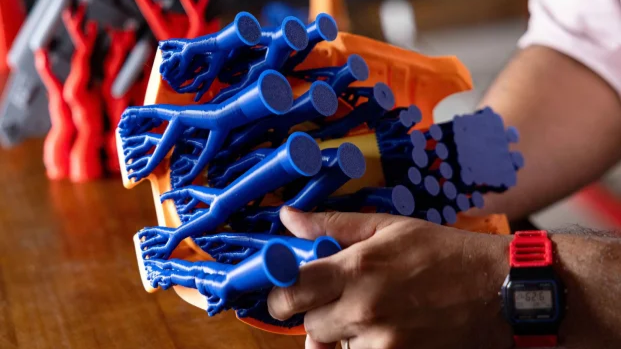Improve Surface Finish: Sanding and Smoothing Your 3D Prints

Applying a high-quality surface finish to your 3D prints can be crucial in a professional or casual environment. Smoothing and sanding add to the visual appeal of a 3D cut and fortify and serve their purpose well, particularly when the cuts are to be painted, coated, or incorporated into other units. In this guide, we’ll explain the importance of polishing and sanding and how such practices enhance the quality of 3D prints as well as their end results.
Why Sand and Polish 3D Printed Parts
Sanding and polishing are very beneficial for prints made using Fused Deposition Modeling (FDM) technology. Due to the technique of printing layer by layer, FDM prints usually suffer from visible layer lines, and supports also tend to cause markings on the surface after they are cut off. Here’s why these imperfections occur:
- Layer Lines: FDM 3D printing builds parts layer by layer, resulting in visible lines that can detract from the quality and feel of the finished product.
- Support Marks: Complex designs often require support structures that, once removed, can leave scars or rough patches on the surface.
- Dimensional Accuracy: Parts intended for assembly need precise dimensions. Sanding and other 3d printing post-processing techniques help achieve the tight fit required for assembled components.
How to Sand and Smooth 3D Prints: Step-by-Step Guide
Achieving a flawless finish requires a combination of techniques. Here's how to get it right:
Removing Support
Support structures are essential for complex geometries but often leave marks. There are two main types of support materials:
- Breakaway Supports: Made from a brittle material that can be manually broken off.
- Soluble Supports: Materials like PVA (Polyvinyl Alcohol) or HIPS (High-impact polystyrene) dissolve in water or specific solvents, minimizing scarring.
- Best Practices: Always remove supports gently to avoid damaging your print. For dissolvable supports, ensure compatibility between the support and primary print materials, as PVA is often paired with PLA or PETG.
Sanding
If you are curious about how to smooth 3D prints, there are different methods and techniques, and it provides good results especially on FDM parts.
- Materials: It is common practice to have sandpaper with different grits (for example 60, 120, 220, 400. and if necessary coarse finishing up to 800). Other supplies may include needle files or any other flexible sanding sticks to reach tight corners.
- Best Practices: Use consistent, even strokes to prevent new surface imperfections. Start with coarse sandpaper for 3D prints (60 grit) to remove large imperfections, then move progressively through finer grits for a smooth finish. This “progressive sanding” approach minimizes imperfections and prepares the print for painting or additional finishing. Wet sanding, using water or a lubricant, helps reduce heat and friction, especially for transparent or translucent prints.
Priming and Painting
Priming fills in minor imperfections, while painting adds a professional finish and enhances durability.
- Materials: Choose specialty primers or automotive fillers that work well on 3D prints, followed by acrylic or enamel paint.
- Best Practices: If you are wondering how to polish 3D prints, clean the print before priming and follow primer instructions for drying and coating. A clear top coat can provide extra protection and a glossy finish.
Chemical Smoothing
Chemical smoothing involves using solvents to dissolve the surface layer, creating a glossy and even appearance.
- Materials: Acetone is commonly used for smoothing ABS prints.
- Best Practices: Use chemicals only in a well-ventilated space, and check material compatibility to prevent damage. Chemical smoothing can produce a sleek look but requires caution as it can cause prints to deform if overdone.
Annealing (Heat Treatment)
Annealing improves strength and stability, especially for high-stress applications.
- Materials: Oven, temperature-controlled chamber, or heated water bath.
- Best Practices: Carefully monitor the temperature to avoid warping. Annealing can improve mechanical properties but must be done carefully to preserve dimensional accuracy.
Using a Heat Gun
Using a heat gun is a fast method to smooth layer lines without chemicals.
- Materials: Heat gun.
- Best Practices: Keep the heat gun moving to avoid melting the print. This method is challenging for beginners and best used for quick touch-ups on smaller areas.
Preventive Tips to Reduce Smoothing and Sanding Needs
To minimize extensive post-processing, follow these tips to improve print quality from the start:
- Material Handling: Store filaments properly to avoid moisture absorption, which can lead to rough prints.
- Optimize STL File Quality: Ensure high file resolution to reduce post-processing needs.
- Adjust Print Settings: Optimally position the print to minimize the need for supports. Features like “Ironing” in slicers can help smooth the top layer. Additionally, lower layer heights yield smoother surfaces but come at the cost of increased print time. Slower print speeds reduce vibrations that can compromise surface quality.
Implementing these preventive measures can often achieve a better finish directly from the printer, reducing the amount of time spent on post-processing. By optimizing your settings and handling materials correctly, you can achieve a better finish directly from the printer.
Final thoughts
Sanding 3D prints and smoothing 3D prints can significantly enhance the look and functionality of your final product. With the right approach, from gentle support removal to sanding and priming, you can create high-quality prints ready for any application. Stay tuned for more 3D post-processing tips, and feel free to share your techniques in the comments.
FAQs
Q: How do I get rid of layer lines in 3D printing?
To effectively reduce layer lines 3d printing, use proper slicer settings, progressive sanding, and, if needed, chemical smoothing. If you're aiming for aesthetic prints, consider using a specialty filament like PVB. After printing, it can be easily polished with isopropyl alcohol.
Q: What is the best way to sand 3D prints?
The best way to sand 3D prints is to follow a progressive approach, using a variety of sandpapers with different grit levels. Begin with coarse sandpaper (60 grit), then gradually work to finer grits (up to 400+), applying even pressure for a smooth finish.




